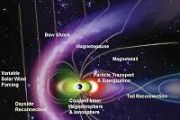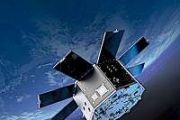
Copernical Team
Iridium granted trio of regulatory approvals in Japan
 Iridium Communications reports that Japan's Ministry of Internal Affairs and Communications (MIC) has approved regulatory amendments necessary to allow for Japanese adoption of Iridium Certus broadband, Iridium Controller-Pilot Data Link Communications (CPDLC) and other aeronautical services for aviation and Iridium's Global Maritime Distress and Safety System service (GMDSS).
Over the pas
Iridium Communications reports that Japan's Ministry of Internal Affairs and Communications (MIC) has approved regulatory amendments necessary to allow for Japanese adoption of Iridium Certus broadband, Iridium Controller-Pilot Data Link Communications (CPDLC) and other aeronautical services for aviation and Iridium's Global Maritime Distress and Safety System service (GMDSS).
Over the pas Life in space: Preparing for an increasingly tangible reality
 As a not-so-distant future that includes space tourism and people living off-planet approaches, the MIT Media Lab Space Exploration Initiative is designing and researching the activities humans will pursue in new, weightless environments.
Since 2017, the Space Exploration Initiative (SEI) has orchestrated regular parabolic flights through the ZERO-G Research Program to test experiments tha
As a not-so-distant future that includes space tourism and people living off-planet approaches, the MIT Media Lab Space Exploration Initiative is designing and researching the activities humans will pursue in new, weightless environments.
Since 2017, the Space Exploration Initiative (SEI) has orchestrated regular parabolic flights through the ZERO-G Research Program to test experiments tha The rise of oxygen on early Earth linked to changing planetary rotation rate
 The rise of oxygen levels early in Earth's history paved the way for the spectacular diversity of animal life. But for decades, scientists have struggled to explain the factors that controlled this gradual and stepwise process, which unfolded over nearly 2 billion years.
Now an international research team is proposing that increasing day length on the early Earth-the spinning of the young
The rise of oxygen levels early in Earth's history paved the way for the spectacular diversity of animal life. But for decades, scientists have struggled to explain the factors that controlled this gradual and stepwise process, which unfolded over nearly 2 billion years.
Now an international research team is proposing that increasing day length on the early Earth-the spinning of the young Space station mishap caused orbiting lab to rotate 1 1/2 times, NASA says
 The International Space Station spun around 1 1/2 times on its main axis last week when a new Russian segment of the orbiting platform malfunctioned, a NASA spokesman said, as new details emerged about the incident.
"Mission control got alerts on the ground at the same time astronauts got an alert that the attitude [position] of the space station was changing," Dan Huot, a NASA public a
The International Space Station spun around 1 1/2 times on its main axis last week when a new Russian segment of the orbiting platform malfunctioned, a NASA spokesman said, as new details emerged about the incident.
"Mission control got alerts on the ground at the same time astronauts got an alert that the attitude [position] of the space station was changing," Dan Huot, a NASA public a German startups launch mini-rocket challenge to SpaceX and co.
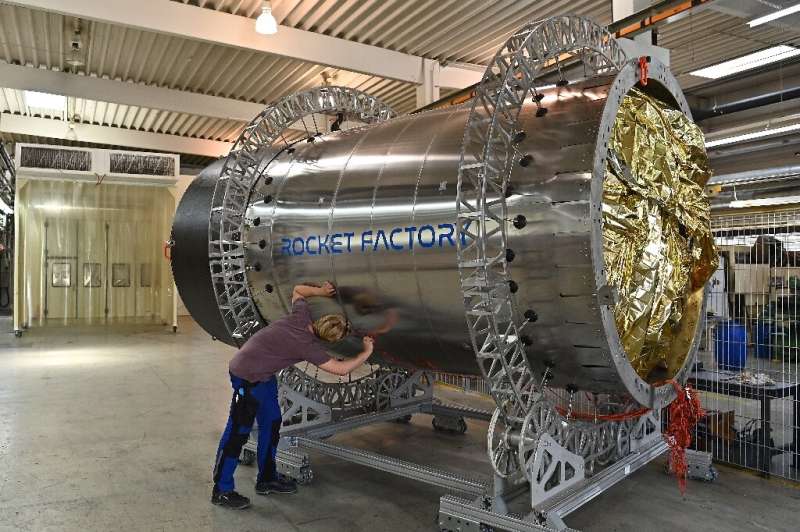
Car-manufacturing powerhouse Germany is rushing to join the private sector space race as it looks to ride a boom in mini-launchers for small satellites and compete with major US firms such as SpaceX.
Three projects in particular are making Germany a serious player in the race to provide mini-launchers for the increasing number of small satellites which observe the Earth and provide connectivity for the internet of things and smart vehicles.
At the end of July, German company Rocket Factory Augsburg (RFA) carried out a first successful test of its "RFA One" rocket, igniting the engine for eight seconds at its development site in Kiruna, Sweden.
The rocket's "staged combustion" system is used by Elon Musk's SpaceX and Jeff Bezos's Blue Origin, but is yet to be rolled out in Europe.
Russia’s forests store more carbon than previously thought

Russia has the largest area of forest on the planet, with more than a fifth of the world's trees. A new study, led by Russian scientists using data from ESA’s Climate Change Initiative, has produced new estimates of biomass contained in Russian forests, and confirms that the vast forested area is storing more carbon than previously estimated.
NASA begins launch preparations for first mission to the Trojan asteroids
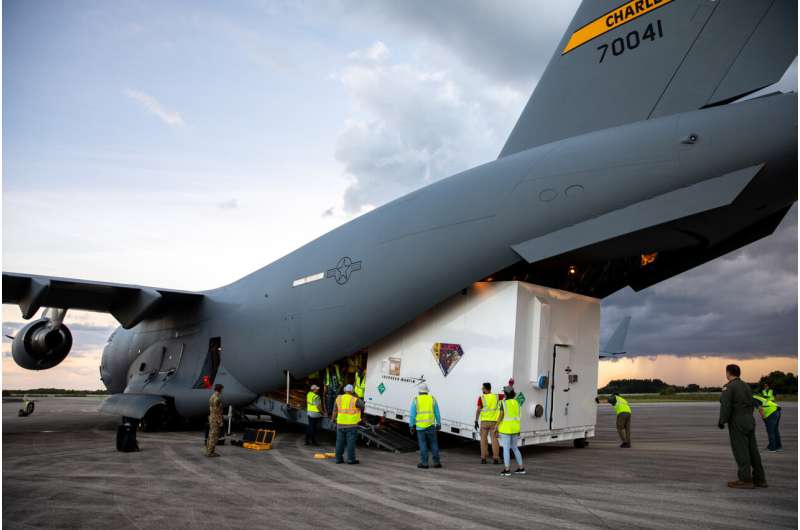
Boeing delays key uncrewed test flight to ISS
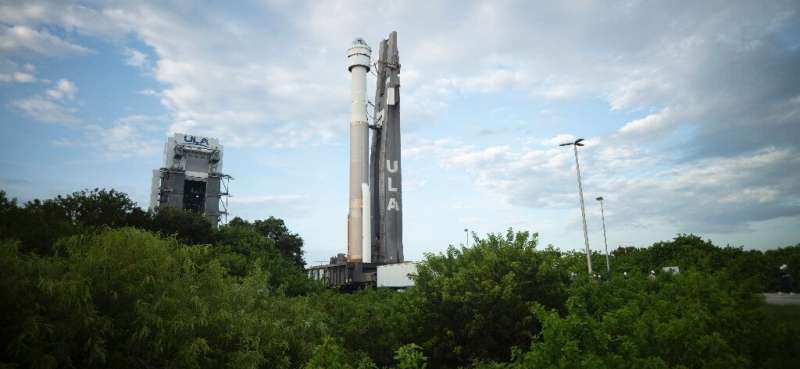
Boeing said Tuesday it was delaying an uncrewed flight of its Starliner capsule to the International Space Station (ISS), pushing back a key test it last attempted in 2019.
The spaceship had been due to launch on a United Launch Alliance (ULA) Atlas V rocket built from the Cape Canaveral Space Force Station in Florida at 1:20 pm Eastern time (1720 GMT).
"We're confirming today's #Starliner Orbital Flight Test-2 launch is scrubbed," Boeing Space tweeted.
Boeing said more details would be forthcoming soon, but a weather update in the morning had placed the chances of launch at only 50 percent.
The test flight was supposed to take place Friday but had to be rescheduled after a Russian science module inadvertently fired its thrusters following docking with the ISS, pushing the orbital outpost off kilter.
Mediterranean continues to bake
 Image:
This map generated using data from Copernicus Sentinel-3 shows the temperature of the land surface on 2 August 2021.
Image:
This map generated using data from Copernicus Sentinel-3 shows the temperature of the land surface on 2 August 2021. Next batch of OneWeb satellites set to launch August 20
 Russia will launch the next batch of OneWeb satellites from the Baikonur cosmodrome on August 20, Dmitry Rogozin, the director general of state space corporation Roscosmos, confirmed on Saturday.
The launch was originally set for August 5, but was postponed due to some of the satellites having faulty parts. Earlier in the month, a space industry source told Sputnik that the launch was resc
Russia will launch the next batch of OneWeb satellites from the Baikonur cosmodrome on August 20, Dmitry Rogozin, the director general of state space corporation Roscosmos, confirmed on Saturday.
The launch was originally set for August 5, but was postponed due to some of the satellites having faulty parts. Earlier in the month, a space industry source told Sputnik that the launch was resc 


















